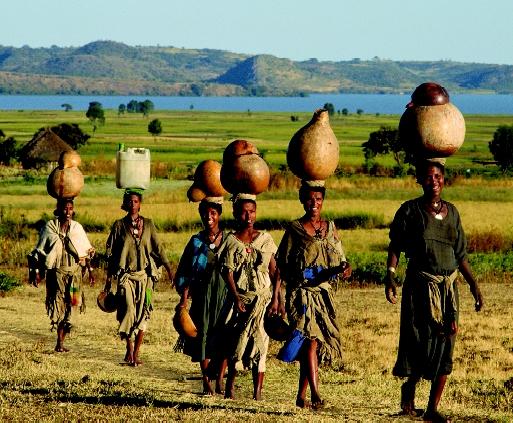5:30pm, time to take another pool count, before the next birthday swim party comes in. On Saturday I worked at my local recreation center, where I am an aquatic supervisor and instruct learn-to-swim classes. As I watched the 67 people stand in line patiently for the water slide, relax in the lazy river, dive (ahhh—no diving!) and jump in from the side, or sit peacefully in the spa/whirlpool, I began to think about the frivolous uses we find for clean water here in the Developed world (primarily the US), in comparison to the dire need for clean water in the rest of the Globe. This pool, which is only one of the 14 public pools (that I can think of) within a 5mile radius of my home, can probably hold approximately 150 “bathers” comfortably at one time… not to mention the fact that we are only talking about the indoor pool here, there is also an outdoor pool open during the summer season!… can you imagine what a Malagasy or Ethiopian village could do with all of that water??? Although I don’t as often as I should, every day I must remind myself how blessed I am to live in this Country.
15 – the time, in minutes, I use to take a shower each day
4 – average number of times I flush the toilet every day
3.5 – the average amount of water, in gallons, used every time someone flushes a Standard American toilet
150,000 – the approximate number of gallons held in the pool where I teach swim lessons twice a week
4 – due to our standard filtration system in the indoor pool, the entire volume of water is “changed out” or filtered out in an estimated period of four hours (yeah, that’s an average of 900,000 gallons each day)
884 – the number of people, in millions, who lack access to safe water
 3.575 – the number of people, in millions, who die every year from water related diseases (according to the WHO) such as scabies, dracunculiasis (guinea-worm), ringworm, and diarrhea.
3.575 – the number of people, in millions, who die every year from water related diseases (according to the WHO) such as scabies, dracunculiasis (guinea-worm), ringworm, and diarrhea.
15 – according to the UN Human Development Report, an estimated every 15 seconds a child dies from a water related disease
8 – the average economic return in US dollars, for every US dollar invested in bringing clean water and sanitation to the underdeveloped world
For more information on World Water Day/Week and the global impact of water and sanitation: WHO, Water.org, CDC
Photo Credits: image 1 is not of my pool, though I so wish it was. image 2 acquired from water encyclopedia



